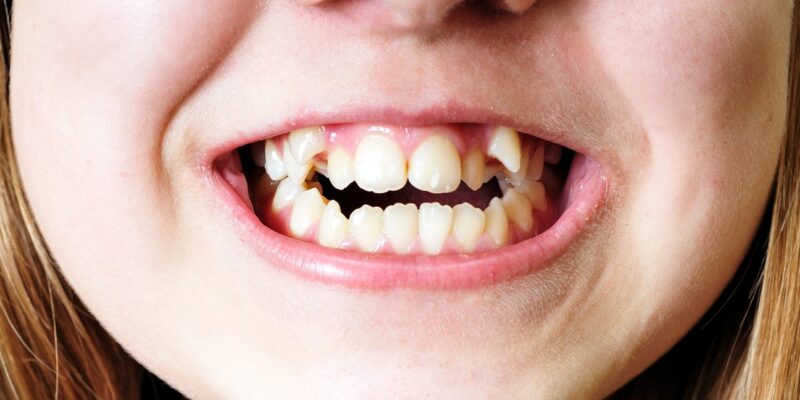– Team DentalReach
When 36-year-old HR professional Sujata Mehta (name changed) saw an online ad promising to fix her crooked teeth at her home with transparent aligners, she was hooked. The Pune resident made an online transaction for Rs 55,000, which included a technician’s visit to take her teeth impressions and an X-ray scan, and 12 aligners.
In Almora, Uttarkhand, 28-year-old Yash Singh (name changed) too, signed up readily. It seems that the company promised to take care of him throughout the six-month-plus process. The orthodontist he visited earlier at a dental clinic, had told him that it would take three years to complete the process. He told him that the process was a painful and long-drawn-out transformation. So, Yash decided to go online where he found a cheaper alternative and said it was more comfortable.
But their "tooth transformation" ran into problems: Sujata’s gums were inflamed and bleeding on slightest touch and a cavity that had been missed by the visiting technician in Yash’s case meant the new aligners did not fit him.
Dentists across the country got many patients like Sujata and Yash with "aligner problems", and that led to the Dental Council of India (DCI) issuing an advisory against the practice. "How can non-qualified people be sent to homes of people to get dental impressions?" asked Maharashtra State Dental Council president Dr Narendra Kale. It's best done by a trained orthodontist.

Clear aligner treatment has evolved in the last decade, with the availability of new materials that are aesthetic and flexible. Adults who don't want braces to be seen at all are mainly seek this. However, there is a catch.
"Aligners is still not a complete alternative to fixed braces that are used to treat complex dental and jaw mal-lignment issues," said Hubli-based orthodontist Chetan Jayade. He said the problem with treatment at the patient's doorstep is poor workup: "It is often offered without recording X-ray pictures to understand the condition of the bone and the roots. It is best done by a trained orthodontist. Online supervision orthodontics presents a danger to the health of the people.”
It's basically difficult to treat crooked teeth. It's best done by an orthodontist, trained especially in this field for 3 years or more. It's not as easy or safe as the big greedy corporations make it look – which was something noticed and published by leading national newspapers like the Times of India (TOI) as well.

By engaging dentists and offering in-home services to the patients, bypassing the sterilised environment of the clinic, ideal chair positioning, x-ray investigations or protections, and sometimes bypassing professional expertise of the dentists themselves by hiring technicians or dental assistants, these companies were violating the provisions of the Clinical Establishments (Registration and Regulation) Act 2010, among others. Aggressive and unethical marketing and advertisements is another problem.
“With the Dental Council of India and Maharashtra State Dental Council taking a serious stance against direct to home aligners, TOI too makes it a headline in various editions throughout the country!”, says Dr Arun Nayak, MDS Orthodontist – Pune. “Remember, direct to home aligners are unsafe for most cases, untested scientifically as a viable model of treatment delivery and can result in harm. It's best to cut losses if you have been a victim of their aggressive advertisements and immediately see a dentist or an Orthodontist who specialises to take care of your teeth alignment.”
Source: TOI




















Comments